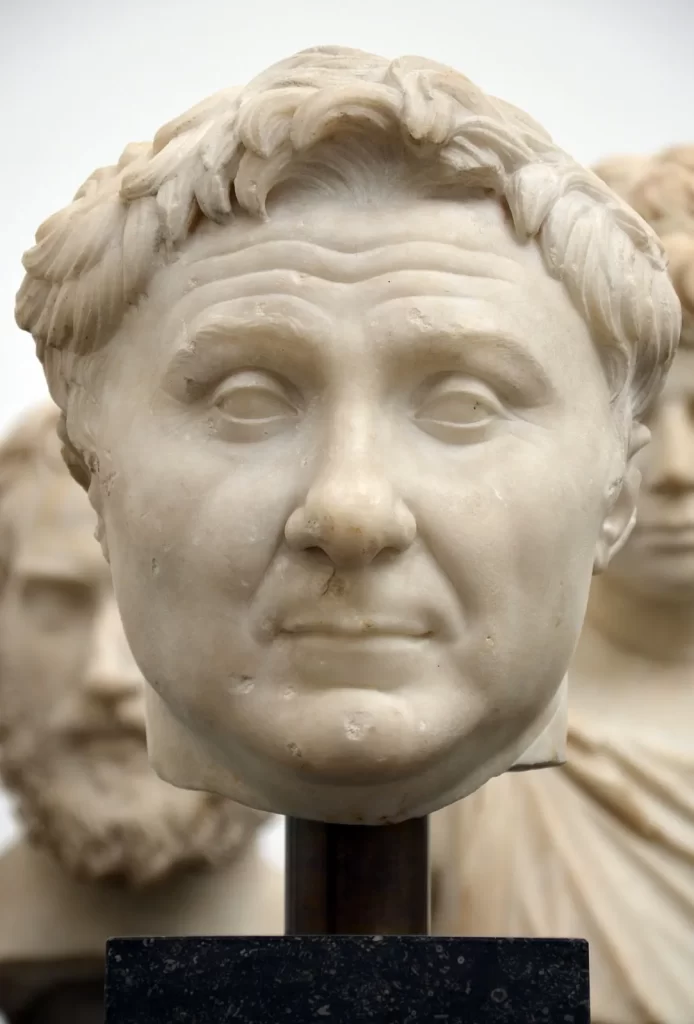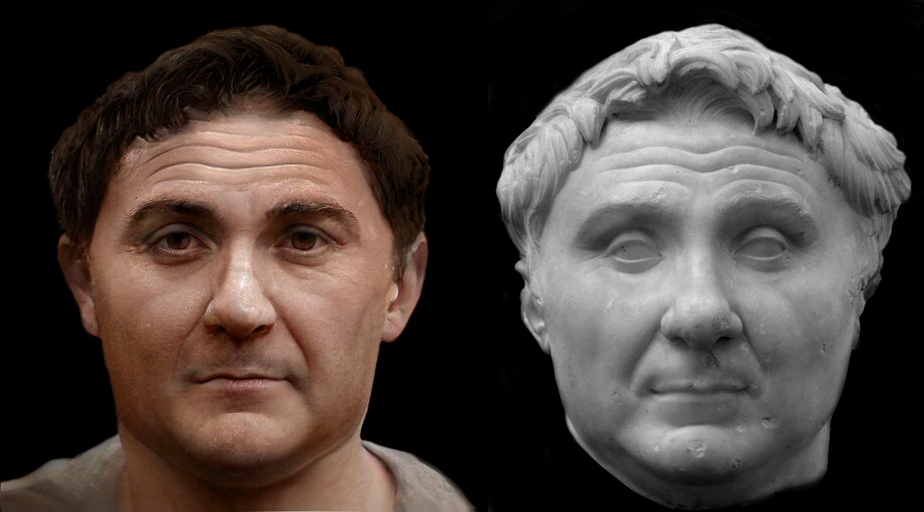
Weekly Update for June 29, 2022.
- This week’s radio show on Truth Be Told Radio Network
- Video archive
- Excerpt from Jerusalem Troubled: The Rise and Fall of Herod the Great
This Week’s Radio Show on TBTRN: The House and Lineage of David, Part One
This week Tim starts a discussion of the genealogies of Jesus of Nazareth found in Matthew 1 and Luke 3. These genealogies are goldmines of cryptic information and not just a list of names. Be sure to tune-in Friday July 1 @ 10:00 PM Eastern on the Truth Be Told Radio Network. The broadcast will also be simultaneously released on the God Save the King YouTube Channel.
Video Archive
This weeks video archive is the premiere of God Save the King on Truth Be Told Radio Network, August 25, 2021.
Excerpt from Jerusalem Troubled: The Rise and Fall of Herod the Great

by Italian artist Alessandro Tomasi
https://knowyourmeme.com/memes/people/alessandro-tomasi/photos
Pompey the Great-
In 67 BCE, Pompey Magnus, one of Rome’s most highly regarded military and political leaders, was “implored by the Senate to come out of retirement to deal with the widespread piracy in the Mediterranean that was threatening to cut off Rome’s food supplies.”1 2 His commission was to last three years, but he completed the task within three months. This feat singled him out as the logical replacement as supreme commander in Rome’s wars with their “inveterate enemy,”3 Mithridates VI of Pontus in Asia Minor.4 The third of the Mithridatic wars, after meeting with initial success under Pompey’s predecessor Lucullus, had faltered. “Pompey was given overall command of the Roman armies, headed east and drove Mithridates…from his throne and then moved leisurely to conquer Armenia.”5 As a result of his victory, Pontus and Syria became Roman provinces, and Armenia became a client kingdom. Although Pompey had enormous latitude to do as he wished, what followed was not “mere opportunism for Pompey or land lust by Rome.”6 The more of the Mediterranean coastline Rome controlled, the better they could keep piracy under control and keep maritime trade moving and growing. Consequently, Pompey set his eyes on Judaea, sending his military tribune Marcus Aemilius Scaurus on a reconnaissance mission to the soon-to-be client kingdom.
- Brodsky, The Kings Depart, 214.
- “Piracy” is a broad term used to describe any maritime threat. He who controls the shipping, controls trade. He who controls trade…well you get the picture.
- Brauer, Judaea Weeping, 1.
- First Mithridatic War (89–85 BCE), Second Mithridatic War (83–81 BCE), Third Mithridatic War (73–63 BCE). Named for Mithridates VI of Pontus.
- Brodsky, The Kings Depart, 214.
- Ball, Rome in the East, 49.